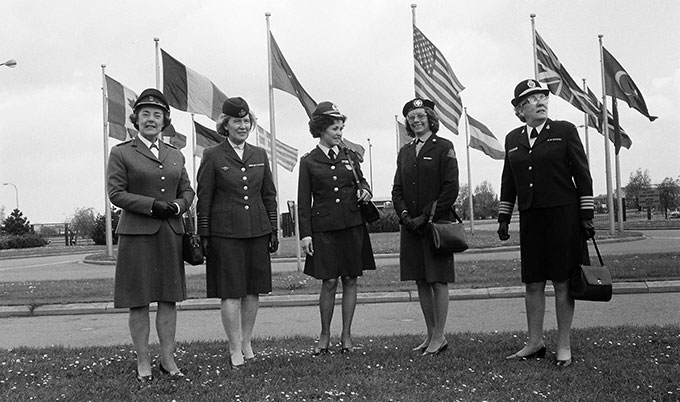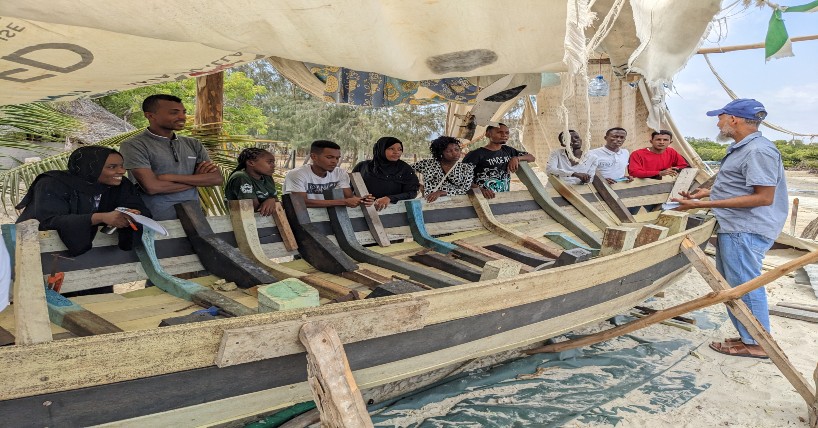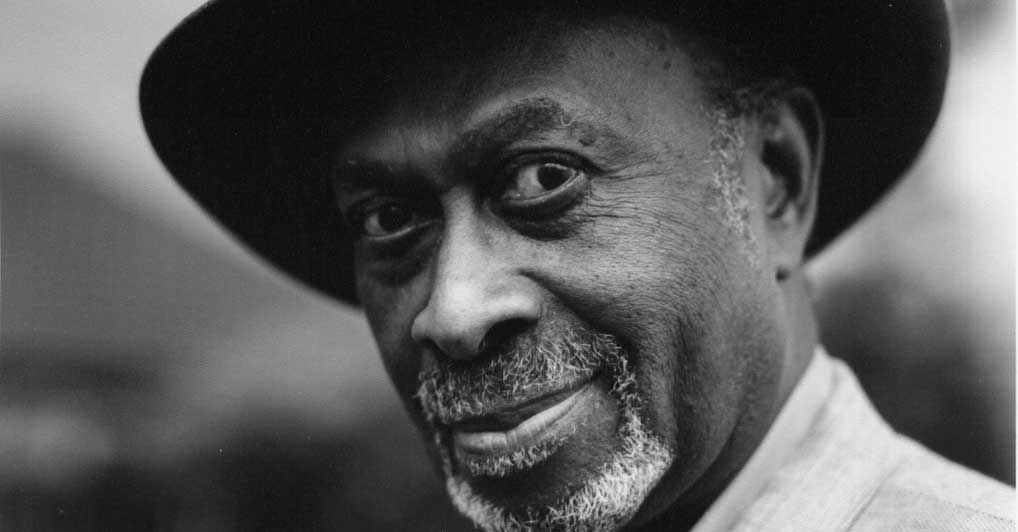women in NATO
Fifty years of gender champions profiled in new book
Published on: 3 June 2019
Fifty years of work by NATO to champion gender issues and the women who have been at the forefront of those efforts are highlighted in a ground-breaking new book.
Integrating a gender perspective
‘NATO, Gender and the Military’ draws on newly de-classified NATO documents dating back to the 1960s, as well as interviews with military and civilian NATO officials, to tell the story of how the organisation has worked to advance women’s status among its members.
One of the book’s authors is Dr Katharine Wright, Senior Lecturer in International Politics, Newcastle University. She said: “NATO has always been concerned with gender and its gender story matters both for the way it operates internationally and how it is structured as an institution.
“But the progress over the last 50 years oversimplifies the achievements of the extraordinary women who have done much of this work voluntarily, on top of their existing day jobs as serving military personnel.”
The book is officially launched this week at NATO headquarters in Brussels, where Dr Wright will be joined by her co-authors, Dr Matthew Hurley from Sheffield Hallam University and Colonel Jesus Gil Ignacio Ruiz, and other academics to discuss integrating gender perspectives and accountability.
The authors will also discuss the policy implications of the book at a public event hosted by Women in International Security at the Irish Embassy in Brussels. They will be joined by the NATO Special Representative on Women, Peace and Security Clare Hutchinson. Ambassador Hutchinson is an alumna of Newcastle University and earlier this year gave a public lecture at the University about the NATO’s vision for a gender equal Alliance.

Extraordinary women
Much of the early momentum was driven forward by Danish Air Force Colonel Else Martensen-Larsen, pictured. In the early 1960s she had the idea of senior women in NATO meeting informally to share best practice and discuss their concerns. The first NATO Conference of Senior Women Officers took place in 1961 and was followed by two similar events in 1973 and 1975.
This paved the way for the Committee on Women in NATO Forces (CWINF) to be officially set up in 1976, the first time that NATO acknowledged that the active participation of women was fundamental to the organisation.
Other notable women profiled in the book include Brigadier Eileen Nolan, who was Director of the Women’s Royal Army Corp during much of the 1970s. Brigadier Nolan, also pictured, was at the forefront of challenging the norms of how women in the British Army were regarded, including ending the discrimination they experienced in having to train separately from men. She also successfully lobbied for women in NATO to be given official military status and became the most senior ranking servicewoman in the alliance.
Also profiled is Major General Marcelite J. Harris, the first African-American woman to serve as a general officer in the US Air Force and the first woman in the role of Director of Maintenance in the US Air Force – an exclusively male job at the time and one where she was responsible for more than 125,000 highly specialised staff and $260 billion of global aerospace weapons inventory. She was instrumental in advocating for a permanent support structure for women in NATO – the Office for Women in NATO Forces – which was important both as symbolic and practical presence for women at NATO HQ.
Challenging gender stereotypes
Ten years ago CWINF was renamed the NATO Committee on Gender Perspectives (NCGP), reflecting the changing remit of the Committee and implementation of the United Nations’ Women, Peace and Security agenda. Today, both member and partner nations have to report to NATO annually on how they are addressing gender issues.
This year marks the 70th anniversary of NATO and while the issue of gender is now embedded in the work of NATO, there has been a perpetuation of a gender imbalance the authors say. This is seen in the overrepresentation of women in roles responsible for gender matters while they are underrepresented in senior leadership roles and remain marginalised from decision-making within member states.
This has led to the emergence of more military men in NATO engaging with gender work. The growing number of these ‘gendermen’ are working as advisors and advocates for the work of the NCGP and NATO’s gender agenda.
Dr Wright added: “Given the complexity of NATO, it has made significant progress on becoming a gender sensitive organisation, although it is not yet truly gender-aware. As some member states try to roll back on their commitments to core NATO values at a domestic level, the need to challenge essentialist gender stereotypes has taken on an increased urgency.”
‘NATO, Gender and the Military: Women organising from within’ by Katharine A. M. Wright, Matthew Hurley and Jesus Gil Ignacio Ruiz is published by Taylor & Francis, ISBN-13: 9781138593336.
Image shows from left to right:
Brigadier Eileen L. Nolan (UK), Colonel Else Martensen-Larsen (Denmark), Major Karaoglan (Turkey), Unknown, and Lieutenant Colonel M.G. Vallance (Canada) at NATO HQ.
Image used courtesy of NATO.



